Sinse-dong Mural Village (신세동 벽화마을)
18.6Km 2023-10-24
78, Taesa-gil, Andong-si, Gyeongsangbuk-do
Sinse-dong Mural Village is located in Dongmun-dong, Andong. Originally an informal settlement, the introduction of the Maeulmisul Art Project in 2009 and subsequent urban renewal projects transformed the village into one of Andong’s most famous tourist sites. Today’s village is home to numerous murals and monthly flea markets like the Geurimae Market and Woryeong Market.
Bongpyeong Maemil (봉평메밀)
18.8Km 2021-03-26
323, Yuksa-ro, Andong-si, Gyeongsangbuk-do
+82-54-857-1501
A restaurant that uses noodles made directly by the chef using 100% buckwheat. This restaurant's signature menu is buckwheat noodles. This Korean dishes restaurant is located in Andong-si, Gyeongsangbuk-do.
CHIAMGOTAEK (치암고택)
18.9Km 2024-12-20
297-10 , Toegye-ro, Andong-si, Gyeongsangbuk-do
+82-54-858-4411, +82-10-3530-4413
Chiam Old House in Andong, Gyeongsangbuk-do, was the home of Chiam Lee Man-hyeon, a Joseon official in the time of King Gojong, and is now a Gyeongsangbuk-do cultural treasure. Five of the buildings - Anchae, Sarangchae, Daemunchae, Byeoldangchae, and Byeolchae - have guestrooms, and reserving two or three rooms together enables visitors to feel they’re staying in a Joseon yangban’s house. Daemunchae has the best views over the house and surrounding landscape. The flower garden is a nice place to stroll and ponder the beauty of nature.
Yecheon Geumdangsil Village (예천 금당실마을)
18.9Km 2024-02-23
54 Geumdangsil-gil, Yongmun-myeon, Yecheon-gun, Gyeongsangbuk-do
Yecheon Geumdangsil Village is celebrated for its cultural relics and traditional houses, earning its name for resembling a lotus flower afloat on water. Visitors can explore the remnants of Yi Yuin's expansive 99-room house, dating back to the late Joseon era. The village is also home to significant cultural landmarks such as Choganjeong Pavilion, Yongmunsa Temple, Geumgokseowon Confucian Academy, and Bansongjae Gotaek (Kim Bin's Old House). A standout feature of the village is the Geumdangsil Pine Forest, recognized as a natural monument. This impressive pine grove, comprising over 900 trees, spans 800 meters, stretching from the base of Omibong Peak in Geumdangsil to the vicinity of Yongmun Elementary School.
Yemijeong (예미정)
19.0Km 2021-03-30
111, Ongjeonggol-gil, Andong-si, Gyeongsangbuk-do
+82-54-822-0500
It is a place that develops and sells Korean dishes, using family recipes, with a long history keeping tradition in Andong. This Korean table d'hote restaurant is located in Andong-si, Gyeongsangbuk-do. The representative menu is grilled salted mackerel.
Georangae Maeuntang (거랑애매운탕)
19.1Km 2021-03-26
763-1, Gyeongdong-ro, Andong-si, Gyeongsangbuk-do
+82-54-841-6768
This is where you can enjoy spicy stew with vegetables and seasoning. This Korean dishes restaurant is located in Andong-si, Gyeongsangbuk-do. The representative menu is spicy freshwater fish stew.
Hoeryongpo Village (회룡포)
19.2Km 2021-02-18
92-16, Hoeryong-gil, Yecheon-gun, Gyeongsangbuk-do
+82-54-653-6696
Hoeryongpo Village is surrounded by the winding Naeseongcheon Stream, a tributary of the Nakdonggang River. The course of the stream has almost turned the entire village into an island. The best views of the scenic nature can be seen from Jangansa Temple.
Hoeryongpo Village is jar-shaped, surrounded by the river, and has pristine waters and white sandy shores. The shore gives way to trees, and there is a well-developed farm further inland. There used to be almost 20 households in this village, but now only 9 households remain. It takes less than an hour to tour the entire village.
Wanggojib Mauntang (왕고집매운탕)
19.2Km 2021-03-24
13, Jeongeori, 3-gil, Andong-si, Gyeongsangbuk-do
+82-54-822-6950
It is a place where you can eat various fish dishes. This Korean dishes restaurant is located in Andong-si, Gyeongsangbuk-do. The most famous menu is spicy fish stew.
Chunujae House / 춘우재고택
19.2Km 2025-03-05
101 , Matjil-gil, Yecheon-gun, Gyeongsangbuk-do
+82-54-655-1717
Chunoojae Old House in Jeogok-ri, Yecheon-gun, Gyeongsangbuk-do, is a late Joseon period hanok built by Kwon Jin, grandson of Kwon Eui. Gingko, peepal trees and chrysanthemums grow in its well-tended yard, and every year the petals are gathered for tea brewing, and the branches trimmed and soaked to make alcohol. There are seven guestrooms, and in the summer group visitors can make a bigger space by renting 2 or 3 together. Various traditional food experiences, such as soybean paste making, are offered. For groups of 10 or more, reservations should be made at least a week in advance.
Sowauri (소와우리)
19.3Km 2021-03-22
4168, Chunghyo-ro, Andong-si, Gyeongsangbuk-do
+82-54-852-5427
A restaurant specializing in goat cuisine, where you can experience unique Korean cuisine. This restaurant's signature menu is goat stew. This Korean dishes restaurant is located in Andong-si, Gyeongsangbuk-do.

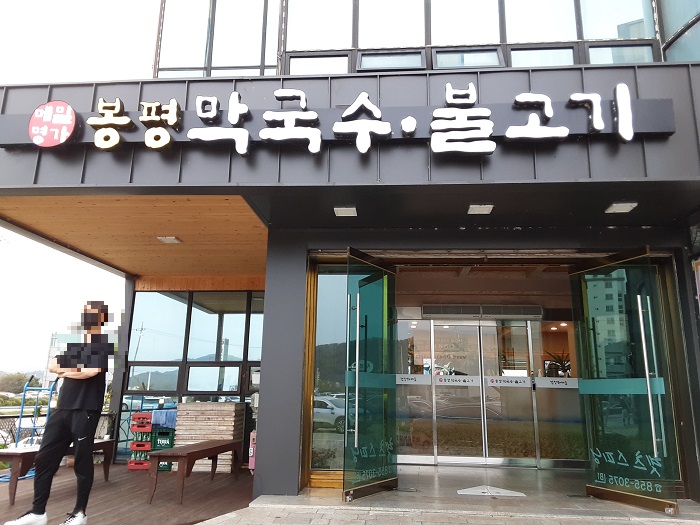
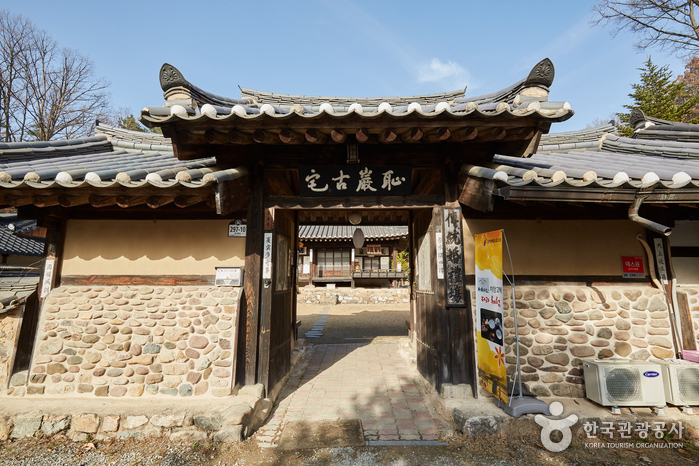
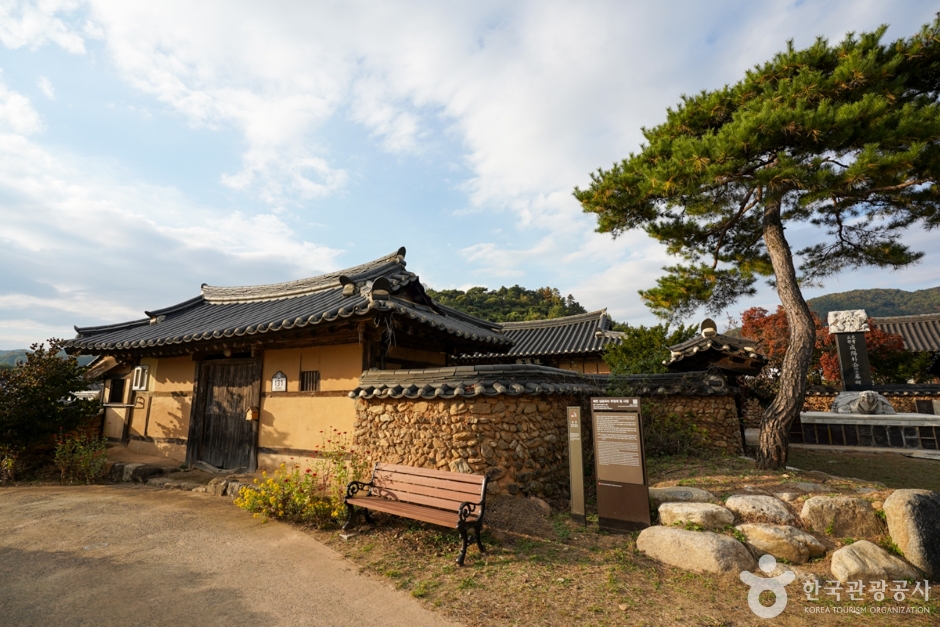
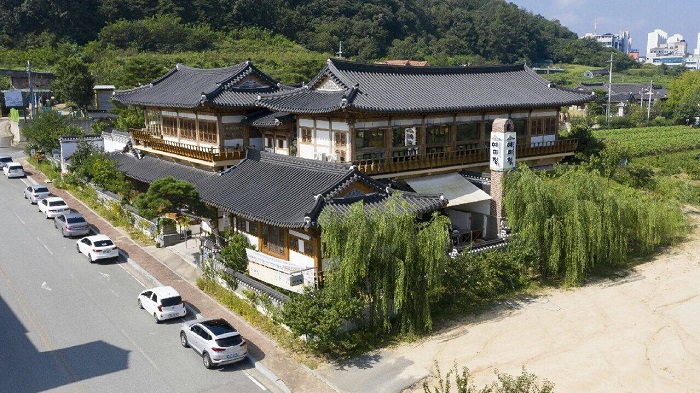
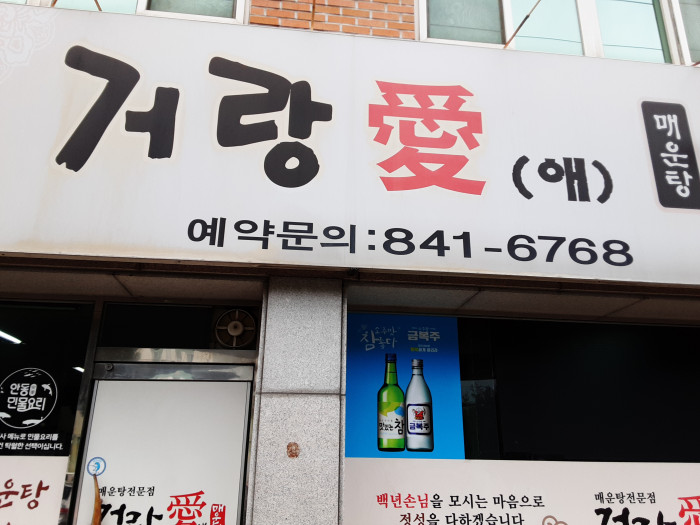
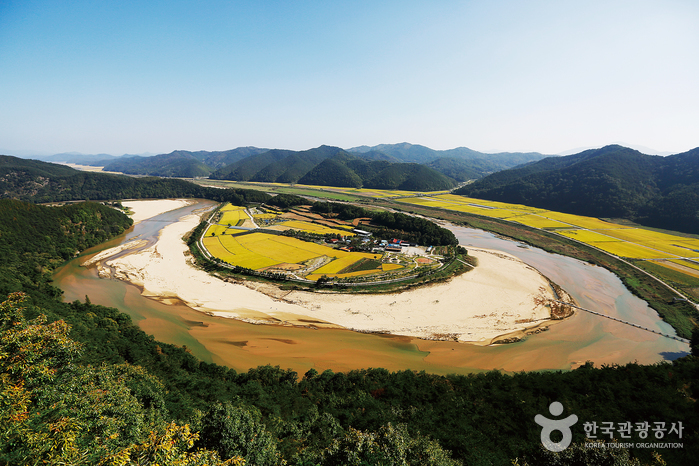
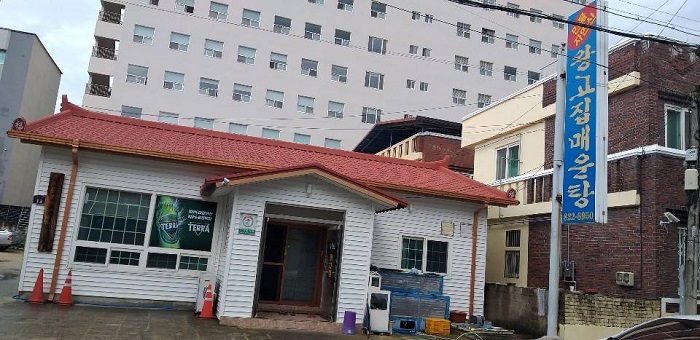
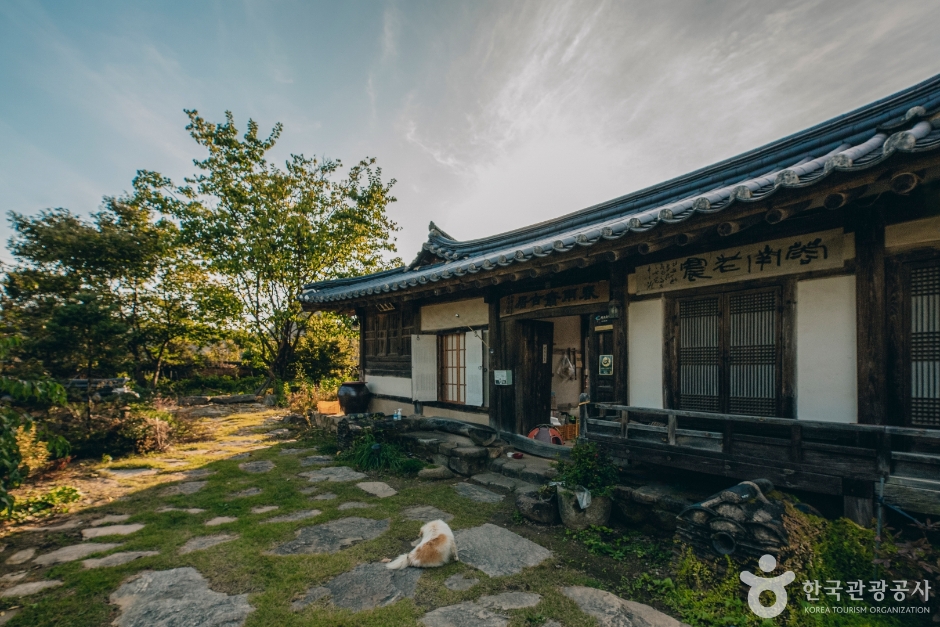
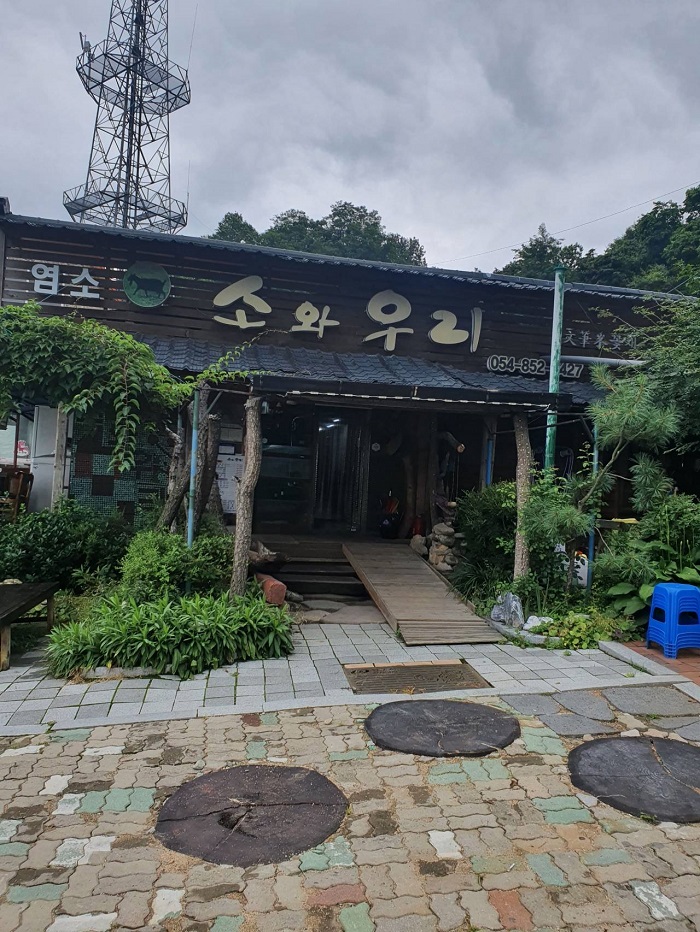
 English
English
 한국어
한국어 日本語
日本語 中文(简体)
中文(简体) Deutsch
Deutsch Français
Français Español
Español Русский
Русский